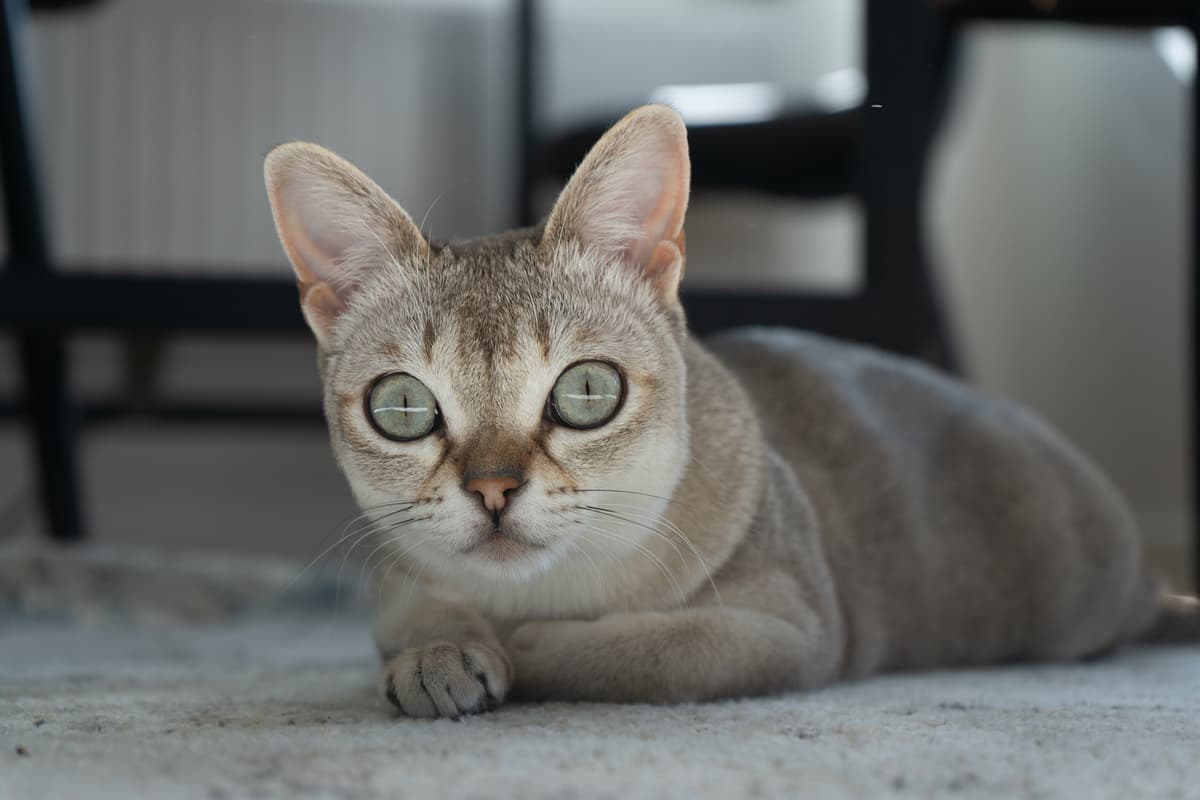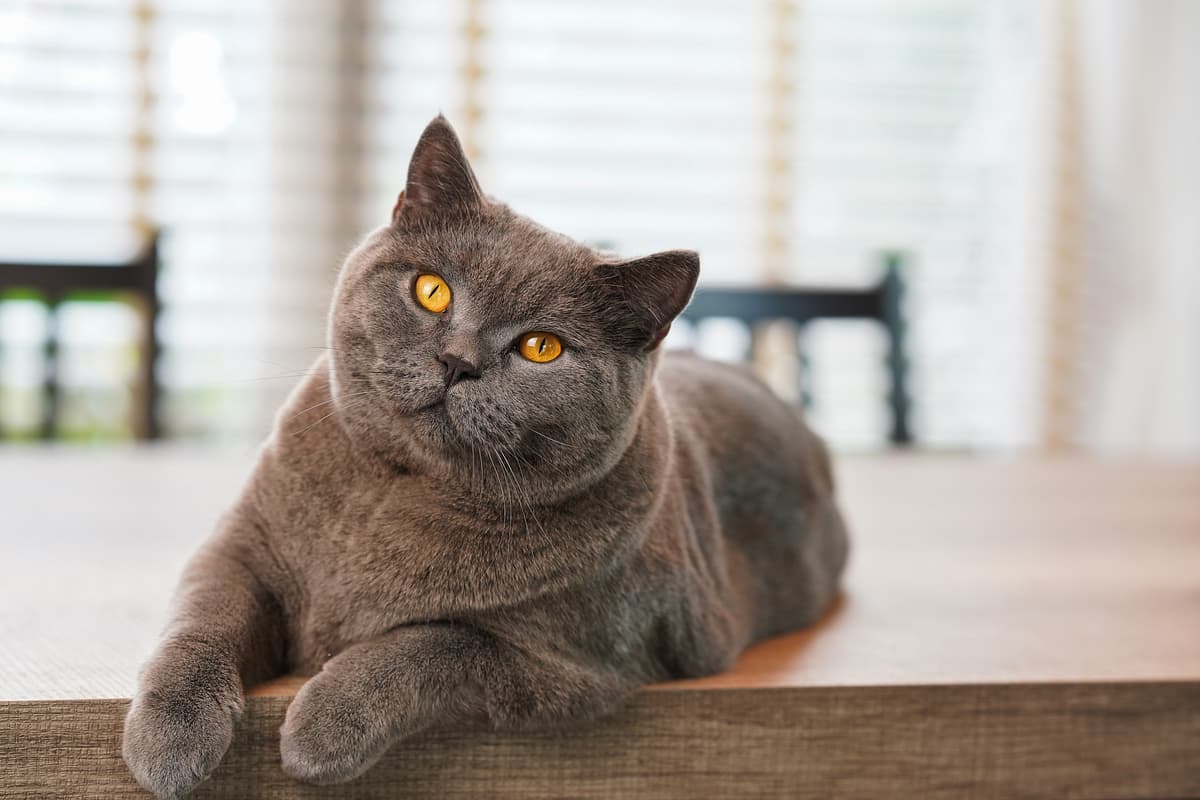Singapura vs British Shorthair
Discover the differences between Singapura and British Shorthair to make the best choice for your situation.
Try different breeds

Singapura
Petite, lively, and affectionate, this breed thrives on companionship and interactive play. Big-eyed charm and gentle curiosity make it an engaging family favorite.

British Shorthair
Round-faced, plush-coated, and calm, this breed charms with its affectionate yet independent nature. Adaptable and gentle, it thrives as a loving companion in any home.
Quick comparison
Small
2.0–3.0 kg
Shorthaired, fine
11–15 years
1.8–2.7 kg
High energy
Large
5–9 kg
Shorthaired, plush
12–17 years
4–7 kg
Low activity needs
Personality & behavior
Compare the personality traits and behavioral characteristics of both breeds.
Singapura
Affectionate and enjoys human companionship and attention
Quick learner, responds well to new situations
Very active, thrives on physical stimulation
Loves interactive games and chasing toys
Adjusts well to changes in environment
British Shorthair
Calm and gentle with people and children
Learns routines and commands fairly quickly
Usually low-energy, prefers lounging to running
Enjoys toys but not overly active
Adjusts well to new environments and changes
Care needs
Exercise, grooming, and daily care requirements
Singapura
Pyruvate kinase deficiency, uterine inertia
British Shorthair
Hypertrophic cardiomyopathy, gingivitis
Suitability
How well each breed fits different living situations and families
Singapura
Highly suitable
Adaptable and friendly, they are easy to manage for new cat owners.
Perfect fit
Small size and quiet nature make them comfortable in limited space.
Great choice
Their playful energy matches well with lively, interactive environments.
Very friendly
Gentle temperament allows them to get along well with children.
Good option
They enjoy company and can coexist peacefully with other pets.
Not ideal
Sensitive to being alone, they may develop stress if left unattended for long periods.
British Shorthair
Great choice
British Shorthairs are easygoing and forgiving, making them manageable for new cat owners.
Very suitable
Their calm nature and moderate activity level suit smaller living spaces well.
Not ideal
They prefer a calm environment and may be overwhelmed by constant activity.
Perfect fit
Their gentle and patient temperament makes them safe around young children.
Highly suitable
They usually get along with other pets due to their non-territorial attitude.
May get lonely
Extended solitude can lead to boredom or stress for this affectionate breed.
Breed strengths
What each breed excels at and their best qualities
Singapura
- Highly social and people-oriented temperament
- Playful and interactive with families
- Generally good health and longevity
- Adaptable to new environments and routines
- Low grooming requirements due to short coat
British Shorthair
- Calm and easygoing temperament
- Tolerates children and other pets well
- Low grooming needs due to dense coat
- Adaptable to indoor living environments
- Generally robust and healthy breed
Challenges & considerations
Potential challenges and considerations for each breed
Singapura
- Prone to shyness with strangers
- Sensitive to loud noises and disruptions
- Needs regular social interaction and attention
- May develop boredom-related behaviors
- Delicate frame requires gentle handling
British Shorthair
- Can be prone to obesity if overfed
- May dislike being carried or cuddled
- Needs mental stimulation to prevent boredom
- Can develop dental issues without care
- May be reserved with unfamiliar people
Ready to choose your perfect breed?
Learn more about each breed or compare other breeds to find the perfect match for your lifestyle.
Discover more helpful tools
Make use of our other free tools to get the most out of your pet experience
